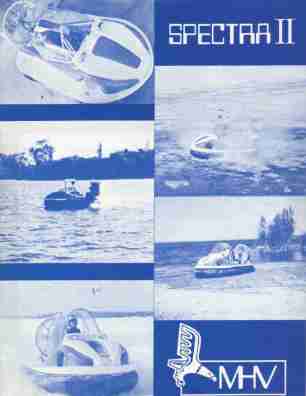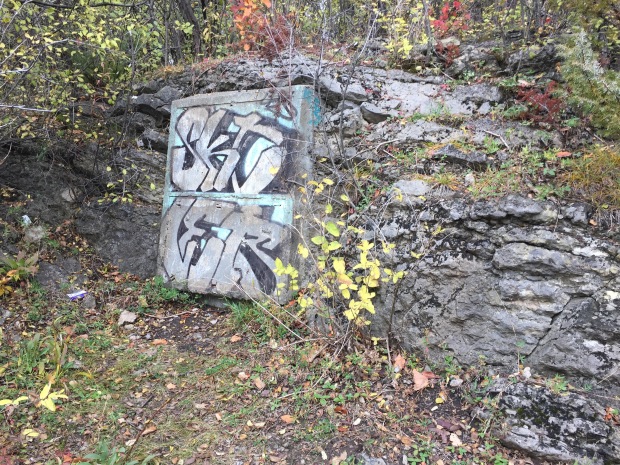
The robed carving dated to the 13th century with an etched cross found on Baffin Island (photo: historymuseum.ca)
In storage at the Museum of History just across the Ottawa River from the Nation’s Capital lies an intriguing artifact labeled “KeDq-7:325”. If you type that number in the museum’s website search engine you reveal a fascinating entry about a mysterious 14th century wooden carving found on Baffin Island of a person in a tunic with a cross on their chest.
Further research reveals that The Canadian Journal of Archaeology Number 2 published in 1978 describes the recovery of a 6cm wooden figure from Baffin Island in the summer of 1977. While the rest of us were lining up to see Star Wars that summer, Deborah Sabo was at the settlement of Lake Harbour uncovering the remains of a Thule Culture village that contained 21 stone structures referred to as the “Okivilialuk Site”, a village dated to be from the 13th century. Upon investigation of one of the stone structures, a wooden carving was recovered which depicts a figure clad in a strangely European looking tunic with a cross on the front, leading researchers to believe Europeans were interacting with the Thule people at that time.
With the only confirmed Norse settlement in North America located at L’Anse Aux Meadows in Newfoundland dated to 1000AD, this would mean there were European visitors to Canada roaming about in the 500 years between the Norse arrival at L’Anse Aux Meadows and European explorer John Cabot in the 15th century.

The tunic clad figure was found near Lake Harbour (marked in red) on Baffin Island. (Google Maps)
The wooden figure depicts a person in some kind of tunic with a bordered edge and a split in the middle as well as an etched cross symbol on the chest. Researchers of the time believed it to be a depiction of a Greenland Viking with the tunic resembling the yoked hoods worn in the 11th to 13th centuries. With the Norse sagas mentioning a visit to a place called “Helluland”, this could refer to Baffin Island with the carving done by the native people on the island depicting this Norse visit as described in the sagas. A Norse robe with a split in the centre and cross as depicted has yet to be found in my research.
The Museum of History now contains the carving within its collection and describes it as being carved between 1250-1300AD and is of a Norse visitor to Baffin Island, which is intriguing, since the only confirmed evidence of pre-Columbian contact in North America has been through the artifacts recovered in Newfoundland. A representative from the museum tentatively stated that the figure is thought to be made from White Pine, a species of tree not found in the Arctic, or anywhere near Baffin Island for that matter.
The wood used to make the carving, if proved to be actually White Pine, Pinus Strobus, is a type of wood that is only found in a select area of the continent. This means the wood for the carving made its way to Baffin Island via trading, or it was a piece of driftwood or even the visitors depicted in the carving brought it themselves. (map of White Pine distribution below)

Distribution of White Pine, the wood purportedly used for the figure carving. The areas of White pine are no where near Baffin Island in the arctic which means the wood used for the carving made its way there through other channels. (image: Wikipedia)
Speculation can also lead to another depiction in the carving, as it resembles closely the Knights Templar, whose tunics of the 13th and 14th century do have a split in the centre and have a cross on the chest like that of the figurine.
An enduring legend states that the Knights Templar joined Henry I Sinclair, Earl of Orkney after the knights were condemned and exiled from Europe by the Pope and King Philip IV in 1307. Sinclair gave the exiled knights refuge and with his new friends the Templars, Henry Sinclair supposedly sailed with the vast religious relics and treasures of the Templars to North America in the 1300’s. The alleged trans-Atlantic journey had them exploring Greenland and the coastal regions of Canada where they established settlements and lived out their days among the natives. This theory is highly contested, and currently there has yet to be found any proof of this 14th century Templar voyage, although a Templar coin was recently recovered on Oak Island in Nova Scotia.

The official museum information regarding the recovered figure from Baffin Island (from historymuseum.ca)
Whether the little wooden carving is of a robed Christian Viking, a European monk, a Templar knight, or just a Thule native in an odd coat, one thing is for sure, the people residing on Baffin Island in the 1300s carved a representation of a visitor in a tunic with a cross on their chest at a time in history when such characters were not supposed to exist in North America.
It has been confirmed with the Museum of History that this intriguing object known as KeDq-7: 325 will ultimately be displayed with its provenance when the museum re-opens its Canada Hall in 2017. This grand hall will depict our country’s ever evolving history, featuring items that can be readily explained, and perhaps those that remain unexplained.
Andrew King, November 2016
SOURCES
https://www.jstor.org/stable/23006521?seq=1#fndtn-page_scan_tab_contents
https://en.wikipedia.org/wiki/Henry_I_Sinclair,_Earl_of_Orkney
















































